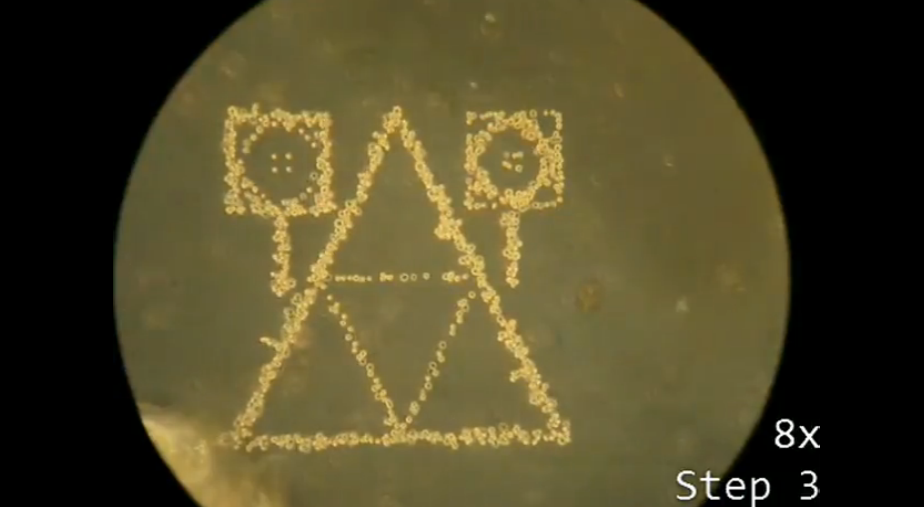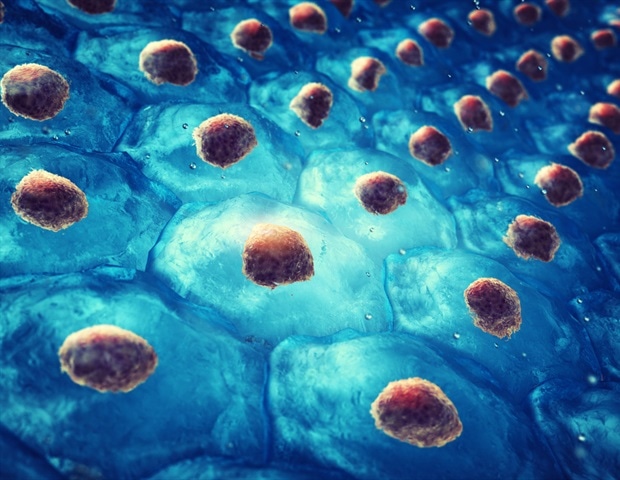Nucleoside Supplementation Reduces Genomic Damage in Induced Pluripotent Stem Cells
"Nucleoside Supplementation Reduces Genomic Damage in Induced Pluripotent Stem Cells"
14 september 2015
"Spanish researchers have described a method to reduce the amount of genomic damage incurred during the process that transforms mature adult cells into induced pluripotent stem cells (iPSC), thereby making them potentially useful for biomedical applications.
The reasons behind the genomic instability observed in iPSCs remain mostly unknown. Investigators at the Spanish National Cancer Research Center (Madrid, Spain; www.cnio.es) recently suggested that this genomic instability was similar to the phenomenon of oncogene-induced replication stress, and that the expression of reprogramming factors induced replication stress.
Replication stress is defined as slowing or stalling in DNA replication fork progression. It arises from many different sources, which are considered as replication barriers such as telomeres, repetitive sequences, DNA lesions and misincorporation of ribonucleotides, secondary DNA structures, DNA–RNA hybrids, dormant replication origins, collisions between replication and transcription complexes, hypo-acetylation and compaction of chromatin, early-replicating fragile sites (ERFSs) and common fragile sites (CFSs). Overexpression or constitutive activation of oncogenes has been cited as an emerging source of replication stress.
The Spanish investigators reported in the August 21, 2015, online edition of the journal Nature Communications that increasing the levels of the protein checkpoint kinase 1 (CHK1) reduced reprogramming-induced replication stress and increased the efficiency of iPSC generation. Similarly, nucleoside supplementation during reprogramming reduced the load of DNA damage and genomic rearrangements during the iPSC generation process. The data revealed that lowering replication stress during reprogramming, genetically or chemically, provided a simple strategy to reduce genomic instability in mouse and human iPSCs.
First author Dr. Sergio Ruiz, a researcher in the genomic instability group at the Spanish National Cancer Research Center, said, "Based on previous research performed by the group, we knew that an additional input of nucleoside reduces replication stress, probably by facilitating the successful replication of DNA as it increases the rate of cell division during the reprogramming process."
"Nucleoside Supplementation Reduces Genomic Damage in Induced Pluripotent Stem Cells"
14 september 2015
"Spanish researchers have described a method to reduce the amount of genomic damage incurred during the process that transforms mature adult cells into induced pluripotent stem cells (iPSC), thereby making them potentially useful for biomedical applications.
The reasons behind the genomic instability observed in iPSCs remain mostly unknown. Investigators at the Spanish National Cancer Research Center (Madrid, Spain; www.cnio.es) recently suggested that this genomic instability was similar to the phenomenon of oncogene-induced replication stress, and that the expression of reprogramming factors induced replication stress.
Replication stress is defined as slowing or stalling in DNA replication fork progression. It arises from many different sources, which are considered as replication barriers such as telomeres, repetitive sequences, DNA lesions and misincorporation of ribonucleotides, secondary DNA structures, DNA–RNA hybrids, dormant replication origins, collisions between replication and transcription complexes, hypo-acetylation and compaction of chromatin, early-replicating fragile sites (ERFSs) and common fragile sites (CFSs). Overexpression or constitutive activation of oncogenes has been cited as an emerging source of replication stress.
The Spanish investigators reported in the August 21, 2015, online edition of the journal Nature Communications that increasing the levels of the protein checkpoint kinase 1 (CHK1) reduced reprogramming-induced replication stress and increased the efficiency of iPSC generation. Similarly, nucleoside supplementation during reprogramming reduced the load of DNA damage and genomic rearrangements during the iPSC generation process. The data revealed that lowering replication stress during reprogramming, genetically or chemically, provided a simple strategy to reduce genomic instability in mouse and human iPSCs.
First author Dr. Sergio Ruiz, a researcher in the genomic instability group at the Spanish National Cancer Research Center, said, "Based on previous research performed by the group, we knew that an additional input of nucleoside reduces replication stress, probably by facilitating the successful replication of DNA as it increases the rate of cell division during the reprogramming process."


 but i don't really deserve, key words and google are the one to be grateful hehe
but i don't really deserve, key words and google are the one to be grateful hehe





Comment